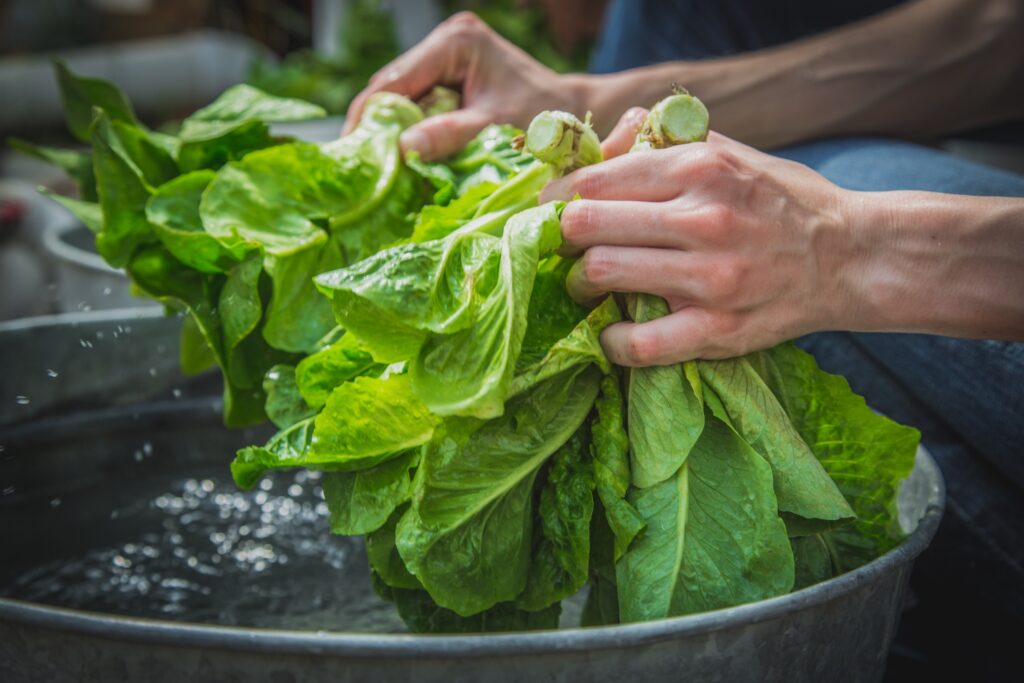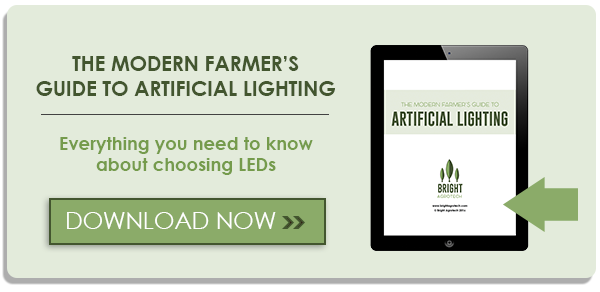Do vertically grown crops look wierd?
For years we’ve been publishing free information to help small farmers make a living at vertical farming. It all started with a few Youtube videos, and our library of videos continues to grow. One question that has hung around and reappeared in the comments during all this time regards vertical farming and the plant shape.
There are a few iterations of the question:
Won’t my crops grow all funny?
Will they look misshapen and mutated?
Aren’t plants supposed to grow up, not sideways?
Plant appearance is something to take seriously, since it impacts how farmers are able to sell their produce. And fortunately, the answer is pretty simple.
Why is the shape of my produce important?
If you are growing loose leaf produce, or something like kale or arugula, the shape of the plant is not going to matter much at all; leaves are harvested individually.
The shape of the plant does matter to you if you are selling a head of lettuce or a crop where the plant is sold asa unit. Customers want their produce to look healthy and uniform.
Regardless of arguments about whether this is right or wrong, growing well-shaped heads of lettuce will be important if you plan to sell in retail. One of the main factors of plant shape is tropism.
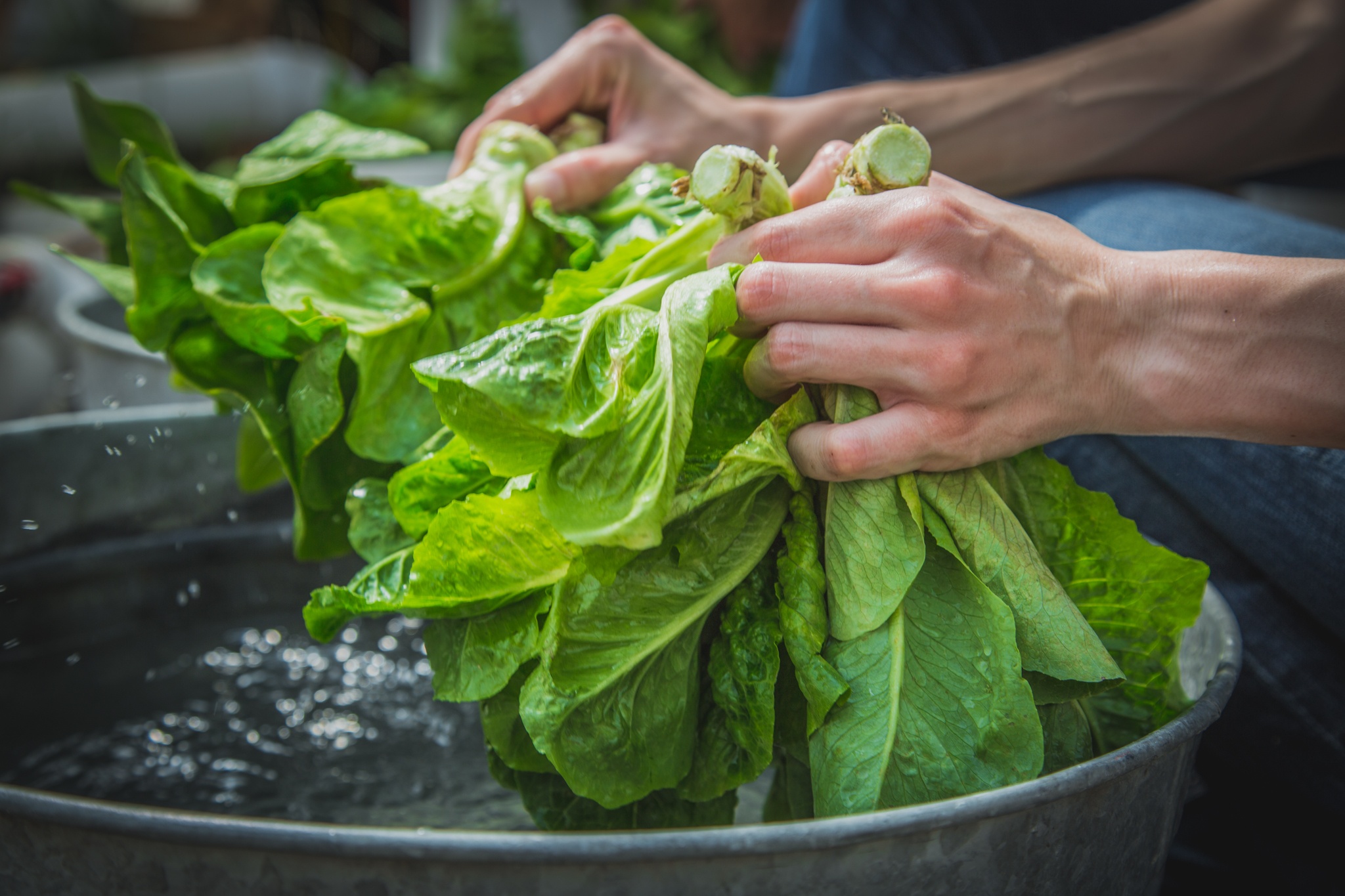
What is tropism?
To show how we can grow well-shaped plants in a vertical plane, we need to understand tropism in vertical farming.
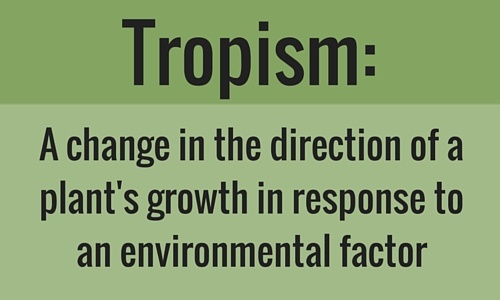
Plants are subject to several types of tropism, including:
- chemotropism, the response to chemical stimuli;
- gravitropism, the response to gravity;
- and phototropism, the response to light.
So what does tropism mean for a plant’s shape?
The misconception that plants will grow in strange shapes if they are grown on a vertical plane is born from a more basic assumption.
This assumption is that a plant grown on a vertical plane will be confusedly governed first by gravitropism, then phototropism, back and forth. The alternation between the two will cause strange growth patterns (up, down, sideways), and the head of the plant will be misshapen. In reality, this rarely happens.
To grow a well-shaped head of a crop like lettuce, all we need to do is allow the growth of the foliage to be directed completely by one or the other: phototropism or gravitropism.
This is not difficult because light usually elicits a stronger response from the plant than gravity does.
If we hit the plant with light, we can expect the plant to bend toward the light. The plant shootswill naturally orient much more strongly towards light, than away from gravity. – Nate Storey, PhD.
Remember: Most plants will only be controlled by gravity if there is too little light.
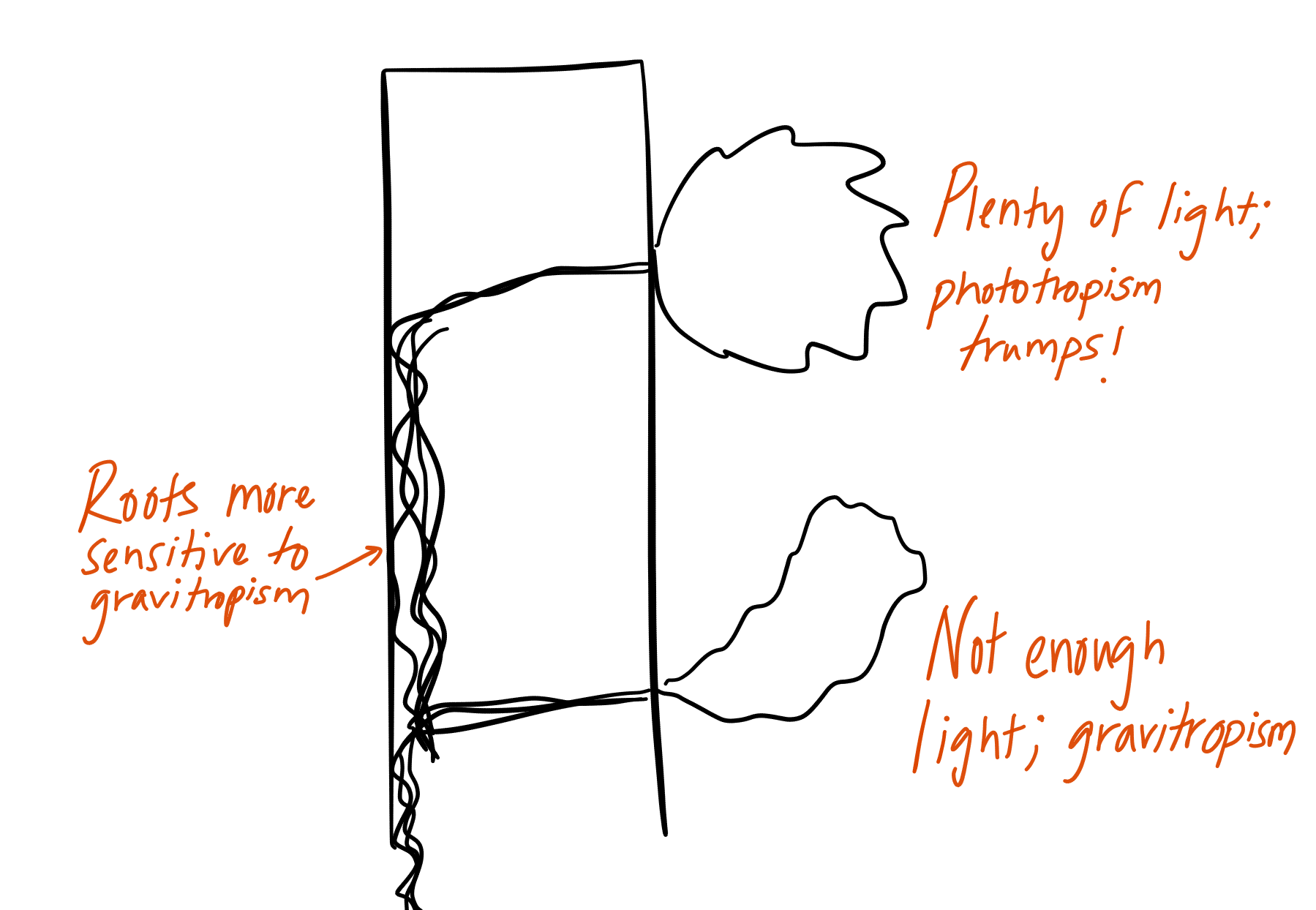
So what’s the point of all this?
The point is that you can influence what direction your plants are growing simply by keeping a consistent angle and providing enough light. Yes. It really is as easy as all that.
Let’s take a look at two situations: indoor growing and greenhouse growing.
Tropism and indoor growers
For indoor growers, the takeaway here is to orient your plants towards your light sources in a way that directs growth as you choose.
Indoor growers have almost complete control over the angle and intensity of the lighting. If you’re using something like the CoolBar in a ZipFarm setting, for example, your lighting will be LED bars hanging parallel to your Towers.
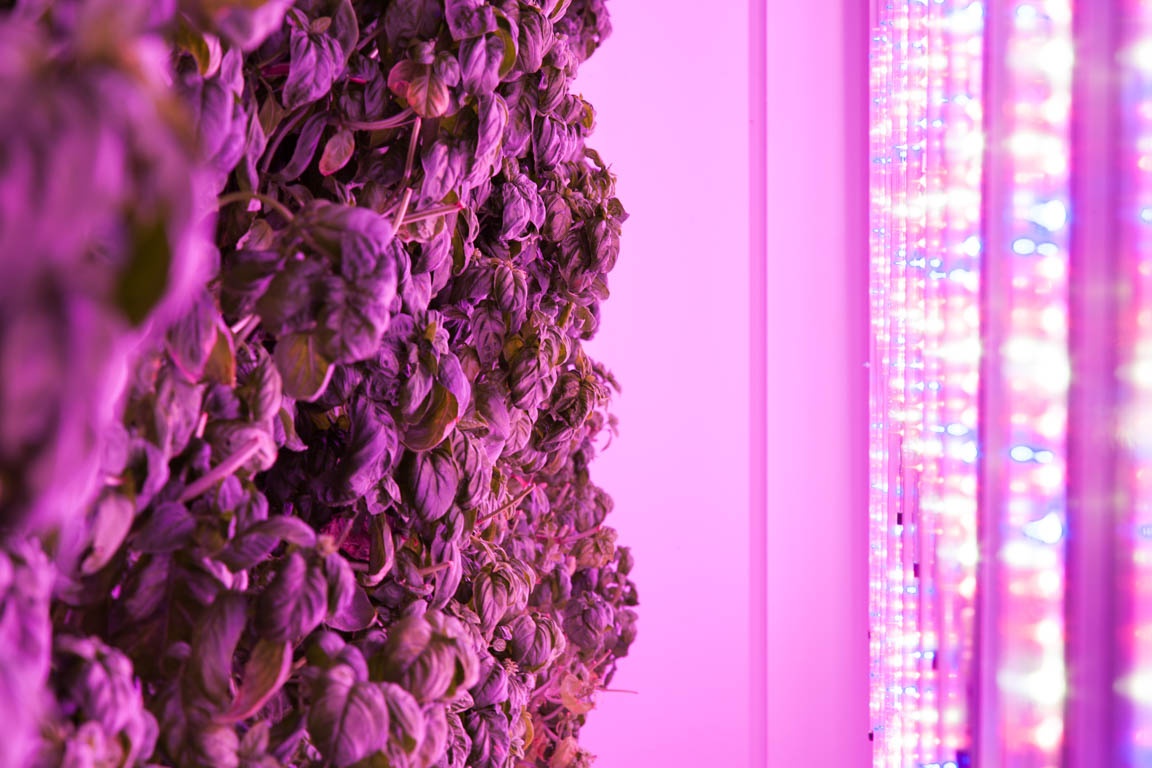
The ZipFarm uses the correct light angle and intensity to grow beautifully shaped plants in any environment from cities with little to no arable land to northern climates with ultra-short growing seasons.
Growers using natural light have less control, but with the right configuration and spacing, growing in greenhouses can be a fantastic way to farm.
Tropism in greenhouses
Greenhouse growers will want to take a different approach.
The key to growing beautifully shaped crops is to understand light diffusion.
There are two things to understand here:
1) Diffuse light has the ability to penetrate deeper into a plant canopy and enhances productivity and yield significantly.
2) At high irradiation levels, diffuse greenhouse coverings result in better light distribution, lower crop temperature, decreased transpiration, and increased photosynthesis and growth. Various greenhouse coverings (plastic films, glass panes and temporal coatings) can be used to transform direct light into diffuse light.
We took note of these properties when we designed the ZipGrow Tower, and we use the white surface of the Tower (in combination with a light colored ground cover) to increase light diffusion in the greenhouse, while decreasing light depletion and giving us more salable produce.
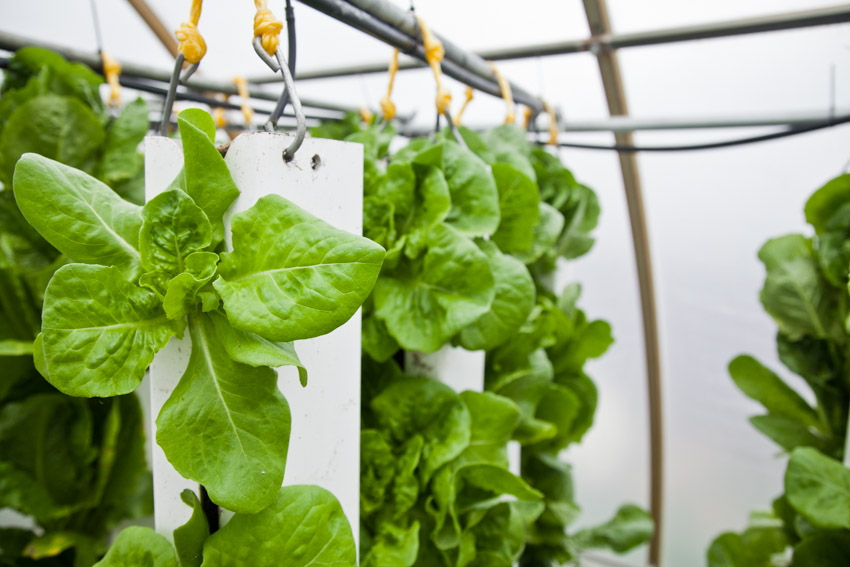
Want to know more about using light in your farm?
Understanding light is key to running an efficient farm. If you’re choosing lights, but struggling to navigate all of the jargon and confusion around modern lighting, check out the Guide to Artificial Lighting – for free!
Read more:
- 10 Things Indoor Growers Should Know about LED Lighting
- Maximize Light On Your Vertical Farm By Using Conveyor Cropping
Hemming, S., V. Mohammadkhani, and T. Dueck. “Diffuse Greenhouse Covering Materials–Material Technology, Measurements and Evaluation of Optical Properties.” Acta Horticulturae 797 (2008): 469-475.
Hochreiter, Katharine, and Jan Eubeler. “Enhance Greenhouse Production With Diffuse Light | Greenhouse Grower.” Greenhouse Grower. N.p., 27 Oct. 2014. Web. 05 Jan. 2016.

